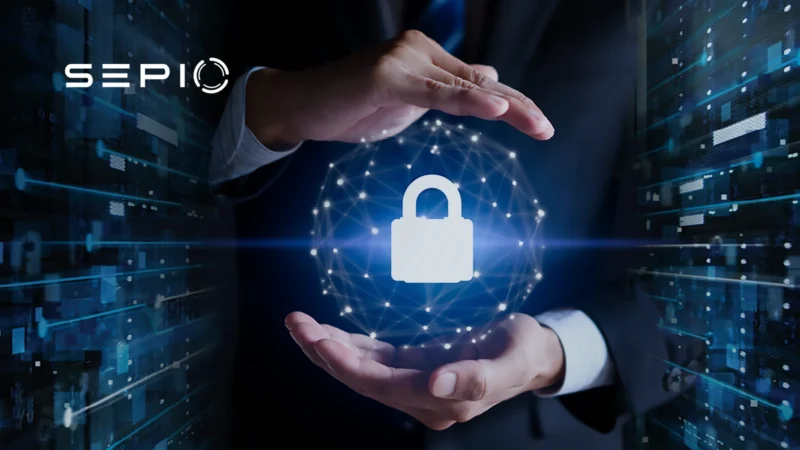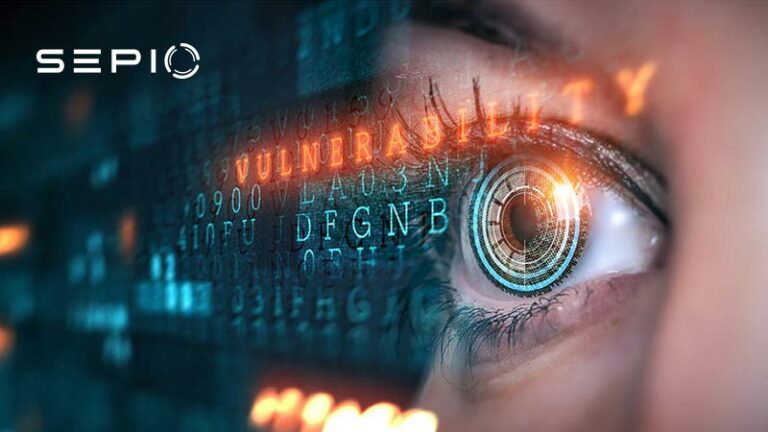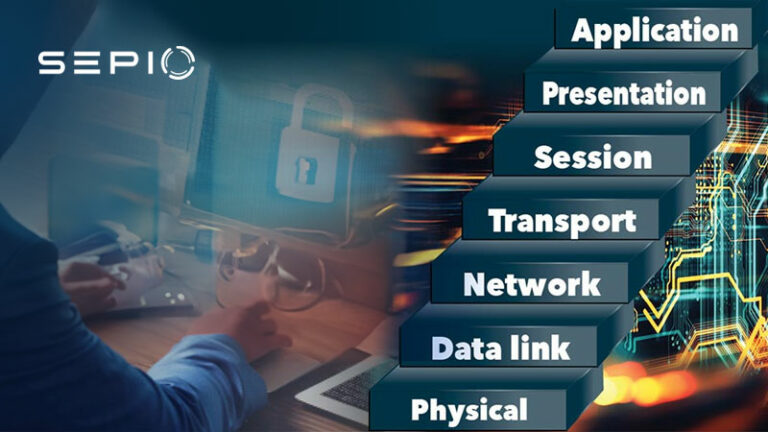Why Layer One Visibility is Critical for Cybersecurity?
Effective cybersecurity visibility begins at the foundation, the Physical Layer (Layer 1) of the OSI model. Known as the first layer of network security, this layer provides the most fundamental data about every connected endpoint on a network. By analyzing signals at Layer 1, organizations gain access to unalterable physical attributes of connected hardware, such as interface behavior, electrical characteristics, and port-level information.
This hardware-based data cannot be spoofed or manipulated by software. It is essential for verifying the true identity of each networked element. Layer 1 visibility allows security teams to see what is truly connected. Whether a device is authorized or rogue, it reveals far more than what the device claims to be.
Network Visibility for Cybersecurity
Asset visibility for cybersecurity at the physical layer allows organizations to understand not just the flow of data, but the actual infrastructure elements behind the traffic. This deeper insight supports network visibility for cybersecurity efforts by providing a level of validation and control that higher-layer solutions cannot offer.
By leveraging Layer 1 visibility, organizations can trust their inventory, enforce security policies more effectively, and strengthen their overall network security, starting from the first layer of defense.
Traffic Visibility Solutions
Traffic-based visibility solutions, such as NAC systems, IDS, and IoT network security platforms, monitor traffic patterns to detect threats and enforce policies. However, these tools lack true Layer 1 visibility: the ability to see and verify a device’s physical hardware characteristics. This blind spot allows unmanaged switches, passive taps, and out-of-band connections to stay hidden. Spoofing can also make rogue elements appear legitimate, evading detection.
Layer 1 visibility provides a panacea to such security challenges by identifying all devices for what they truly are through their Physical Layer information. Asset management efforts are ineffective if you don’t have full asset visibility. It’s imperative to asset management to know which assets you actually have.
Hardware Attack Tools
Cybercrime syndicates and state-sponsored actors understand the Layer 1 visibility gap and actively exploit this blind spot. Various hardware attack tools operate at Layer 1 and are widely available on the market. These hardware attack tools, can evade detection and enable covert attacks like data theft, malware injection, or DDoS. Without Layer 1 security, organizations can’t truly identify what or who is operating in their infrastructure. This lack of visibility poses a major security risk.
If it sounds like a cat, feels like a cat, and meows like a cat, it still might be a Raspberry Pi spoofing a legitimate cat.
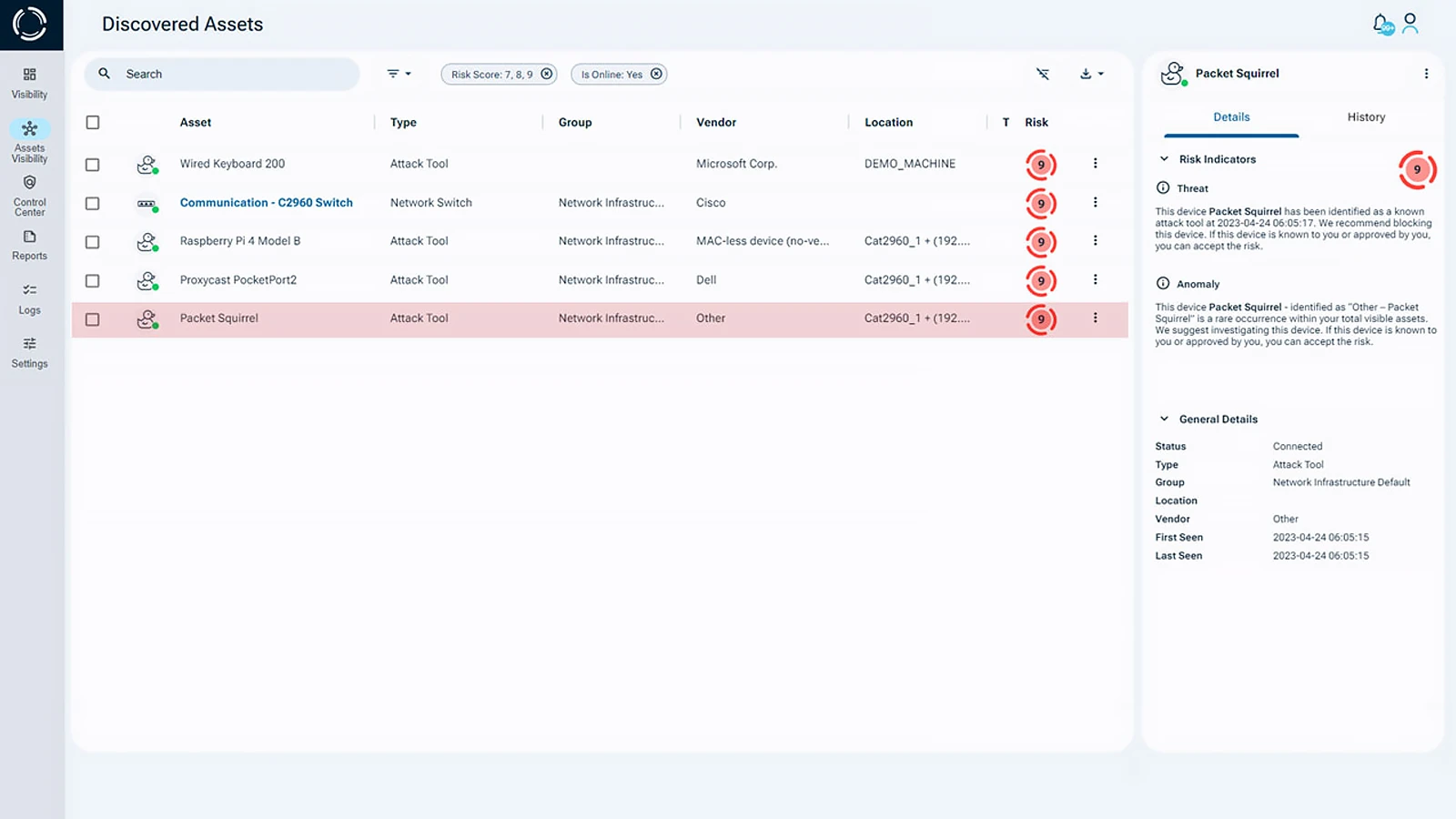
IoT Vulnerabilities
Internet of Things devices, such as IP cameras and printers, present vulnerabilities due to their use of MAC Authentication Bypass (MAB). These non-802.1x compliant devices can effortlessly gain unauthorized network access by spoofing a legitimate MAC address. By setting up exceptions for non-802.1x compliant devices, you create a huge hole in your security defenses – a hole large enough for attackers to enter through.
Layer One Visibility Integration
Your existing cybersecurity investments are not a waste of money. Organizations still need their current solutions. However, they, alone, cannot protect the organization from the myriad of threats faced. In fact, nothing out there, on its own, can enable complete protection. Yet, Layer 1 information provides the foundation for a more effective cybersecurity approach. Hence, when integrated with Layer 1 visibility, existing solutions such as NAC, EPS, SIEM and SOAR, are put to better use, and the organization achieves a stronger security posture.
Layer One Visibility
Layer 1 visibility is not something out of a fairy tale. Sepio’s Asset Risk Management (ARM) solution operates at the hardware level, delivering true Layer 1 data. It goes deeper than any other solution to validate devices based on their physical identity, not just what they claim to be. With complete visibility, organizations can enforce access controls through Zero Trust Hardware Access.
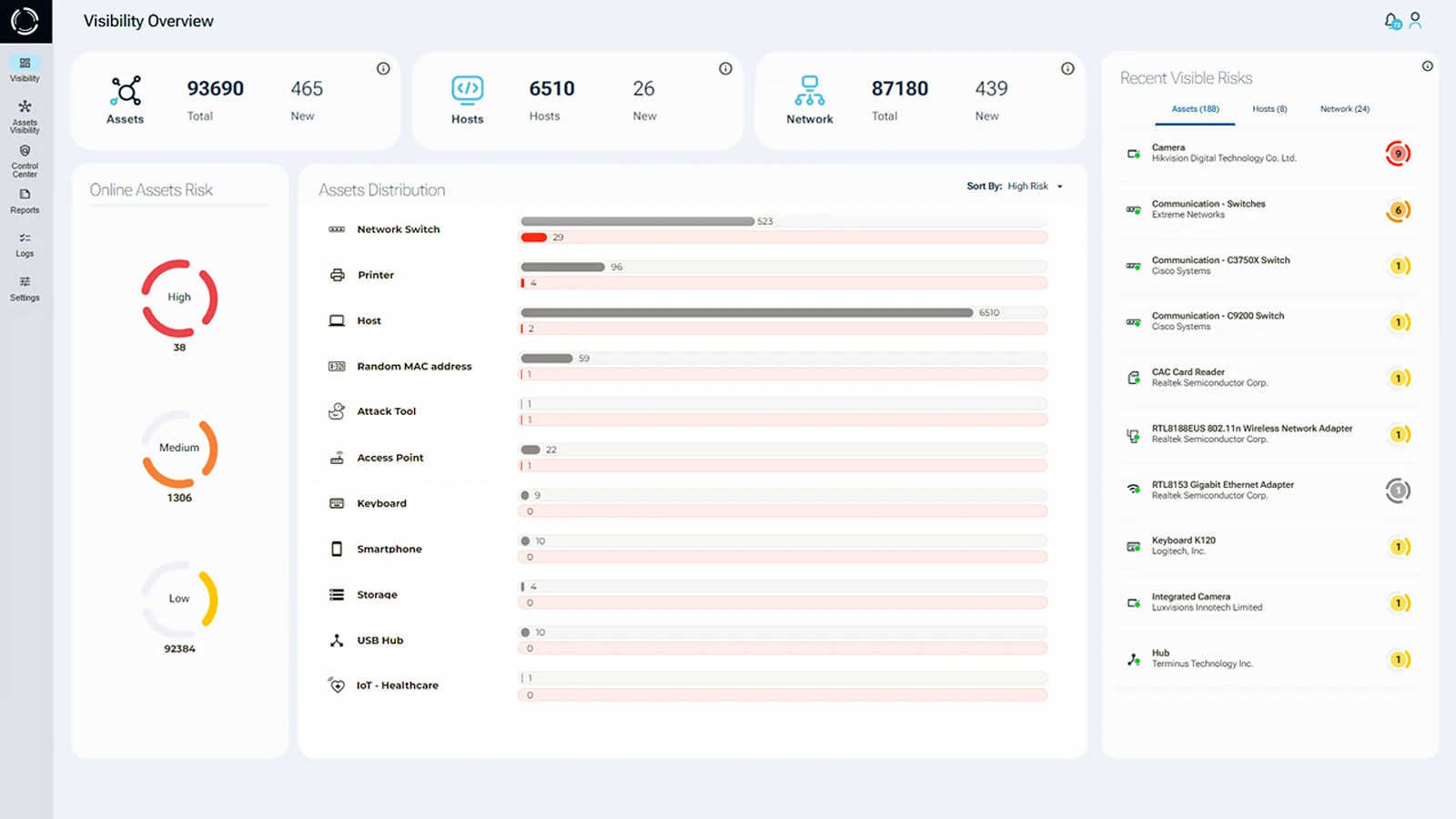
With Layer One Visibility, We see What Others Don’t
To effectively manage cybersecurity risks, organizations must have the capability to observe all their infrastructure elements. Without enhanced visibility, it becomes impossible to mitigate risks adequately. In today’s rapidly expanding and uncontrolled ecosystem, enterprises encounter difficulties in keeping track of their assets. Whether located in various places, installed by different individuals, or utilized in different ways, known or unknown, Sepio provides a solution that ensures complete visibility of all assets.
Sepio leverages the physical layer to offer a unique and comprehensive approach to asset visibility. This is further enhanced by our integrated Asset Risk Factor score. By harnessing the potential of the entire asset security ecosystem, we provide actionable visibility and scalable solutions that are vital for effective risk management. Our solution delivers measurable advantages for IT departments seeking to streamline hardware, enhance efficiency, and eliminate redundancies. This, in turn, alleviates headaches and reduces costs associated with management of endpoints and hardware.
Ready to see how Layer 1 visibility can transform your security posture? Schedule a demo.
